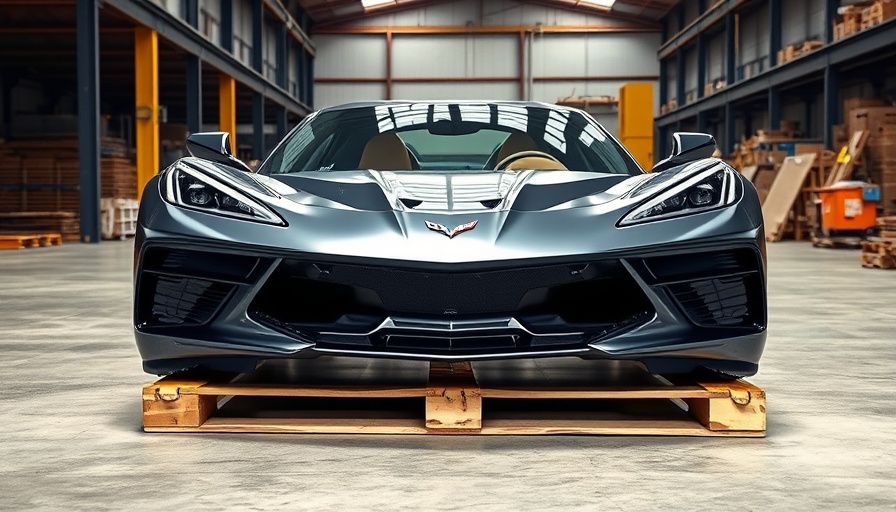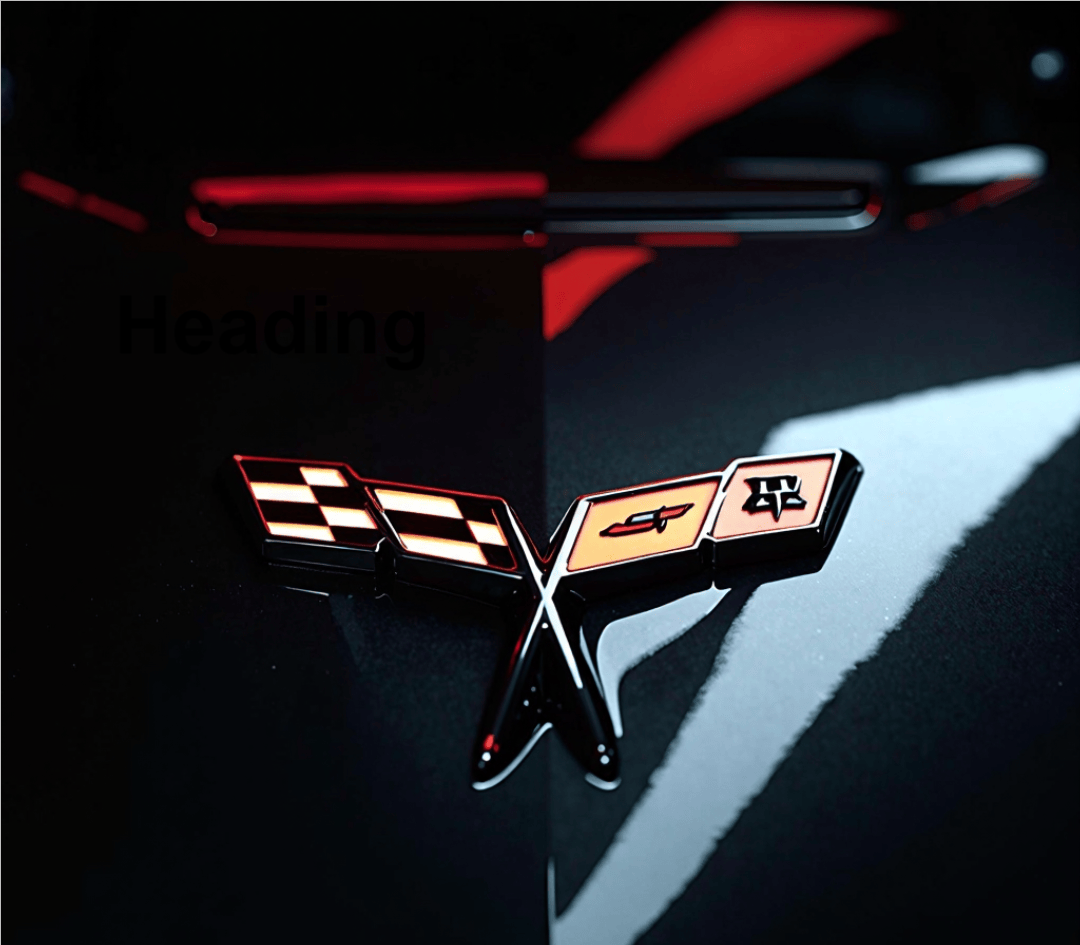
The Dismantling of America's Dream: C8 Corvettes Meet the Saw
Chevrolet's C8 Corvette is not just a car; it's a revolution in American automotive engineering. However, for some of these high-performance machines, their fate diverges sharply from the open road to an unceremonious chop shop. In a striking turn of events, professional auto dismantler Brandon Woodley reveals the harsh reality behind some C8 Corvettes, which are cut in half due to safety and liability issues before they can ever hit the market.
Woodley's recent Facebook post captured the attention of car enthusiasts and casual observers alike, offering a glimpse into the world of responsible dismantling. According to him, new Corvettes that cannot be sold for various reasons—often prototypes or crash-test vehicles—are swiftly reduced to halves, turning the concept of a sports car into a mere collection of parts.
Cuts and Consequences: Understanding the Rationale
What could drive a company like GM to such an extreme? Woodley explained that it is essential for the brand to maintain a clean record when it comes to ownership histories, safety concerns, and reassembly. In this context, every Corvette that's deemed unsellable is ruthlessly categorized and quickly dispatched to the chopping block, with their VINs thoroughly crossed out. The idea is clear: no one should find a way to resurrect these vehicles even if they manage to acquire the two halves.
This effective disassembly method isn't just brutal; it's also efficient. Armed with a Sawzall and a metal blade, Woodley can reduce a Corvette to its phantom form in merely three minutes. However, the reality that once gleamed on dealership floors now lies in scrap yards, a somber reminder of the car's untimely fate.
Revisiting History: A Prelude to the C8's Fate
The incident may resonate with the storied history of the Corvette brand, specifically the pre-production 1983 models that were similarly condemned to destruction. Unlike their C8 successors, these vehicles had a flicker of hope when one found its way to preservation against all odds. But today's reality is tempered: with advances in production and design, GM ensures that the scenario of salvaging a half Corvette becomes a legal impossibility.
Community Reactions: MixedFeels from Enthusiasts
The Corvette community often steers a close spectrum of emotions—pride, nostalgia, disappointment. On one hand, enthusiasts are outraged at the thought of any Corvette becoming just scrap metal, while others recognize the practical necessity of dismantling for safety’s sake. Will there ever be a future where a C8 can be effectively salvaged? Almost certainly not, according to the current practices upheld by manufacturers. But the sentiments of 'what could have been' linger heavily, affecting drivers and collectors across the nation.
What This Means for Future Models
This opens an interesting dialogue on the future of performance vehicles. How will OEMs respond? With increasing regulations around vehicle safety and environmental compliance, we may see more protocols in place where cars are preemptively dismantled rather than preserved. For customers, it raises questions regarding the desirability and the future market value of unique models, especially when the fear of destruction looms larger than the thrill of ownership.
Dive into the testimonials of performance-conscious drivers and you’ll find a common thread: the love for a car that’s built to be driven, not destroyed. Yet, with the deepening divide between passion and pragmatism, the Corvette's legacy continues to teeter on the edge of nostalgia versus necessity.
Join the Conversation: What’s Your Take?
Now is your chance to weigh in. How do you feel about the fate of the C8 Corvettes? Are the harsh decisions made by manufacturers justified, or does it rob car enthusiasts of a piece of automotive history? Engage with fellow Corvette lovers and share your thoughts on preserving the soul of these vehicles while balancing safety.
 Add Row
Add Row  Add
Add 




Write A Comment